Free Weights (Lower Body)
Updated:
The following gym strengthening exercises are designed to improve the strength of many of the major muscles of the lower body using free weights. You should discuss the suitability of these exercises with your physiotherapist prior to beginning them. Generally, they should only be performed provided they do not cause or increase pain.
For those who are untrained, you should begin by performing one or two sets of only a few exercises with light resistance and gradually increase the number of exercises, resistance and sets over a number of sessions provided there are no signs of injury.
For beginners, it is generally advisable to begin with light weights that allow you to perform 20 – 30 repetitions of each exercise with good control, posture and form. Allow approximately 1 minute rest and recovery between exercise sets.
As your endurance, strength and control improves, aim to gradually increase the number of sets of each exercise over a number of sessions until you are eventually performing 3 – 4 sets of each exercise provided the exercises are pain free. These exercises can then be progressed by gradually increasing the weights used so that fatigue is achieved by 8 – 12 repetitions and by progressing to other unaccustomed exercises provided they are pain free.
Specific requirements may vary between individuals depending on the functional goals they wish to achieve. Your physiotherapist can advise on the most appropriate resistance, sets and repetitions to meet your needs.
Ensure you always perform an appropriate warm up before beginning any strengthening exercises, an appropriate cool down after and ensure you balance recovery periods from training to prevent injury.
Generally, it is advisable to perform the following exercises 1 – 2 times per week provided they do not cause or increase pain. These exercises may be combined with other lower body gym exercises or lower body strengthening exercises. Allow approximately 4 – 7 recovery days before repeating the same exercises, or working the same muscle group to allow muscle recovery. Generally you should perform between 1 – 3 different exercises for each muscle group.
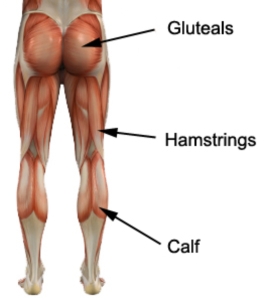
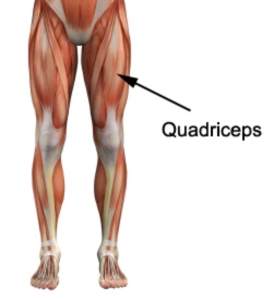
Lower Body Gym Strengthening Exercises Using Free Weights
Squat
Major Muscles Used: Gluteals, Quadriceps, Hamstrings.
Begin this exercise standing in optimal posture with your back and neck straight, a bar with light weights resting along your shoulders and holding the bar as demonstrated (figure 3). Your feet should be hip width apart (or slightly greater) and facing forwards (or turned slightly outwards) with your knees in line with your second or third toe. Maintain optimal posture throughout this exercise. Slowly bend your hips and knees, sticking your bottom out as though you were going to sit in a chair until you are at an approximate 90 degree angle at the hips and knees, then slowly return to the starting position tightening your gluteals and quadriceps. Ensure your feet are positioned so your knees do not move excessively forwards past your toes. Perform 1 – 4 sets of 8 – 30 repetitions provided the exercise is pain free.
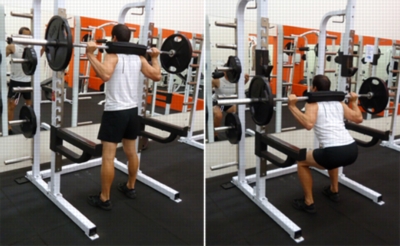
Front Squat
Major Muscles Used: Gluteals, Quadriceps, Hamstrings.
Begin this exercise standing in optimal posture with your back and neck straight, a bar with light weights resting along your upper chest and holding the bar as demonstrated (figure 4). Your feet should be hip width apart (or slightly greater) and facing forwards (or turned slightly outwards) with your knees in line with your second or third toe. Maintain optimal posture throughout this exercise. Slowly bend your hips and knees, sticking your bottom out as though you were going to sit in a chair until you are at an approximate 90 degree angle at the hips and knees, then slowly return to the starting position tightening your gluteals and quadriceps. Ensure your feet are positioned so your knees do not move excessively forwards past your toes. Perform 1 – 4 sets of 8 – 30 repetitions provided the exercise is pain free.

Static Lunges
Major Muscles Used: Gluteals, Quadriceps, Hamstrings.
Begin this exercise standing in optimal posture with your back and neck straight, and holding light weights in the position demonstrated (figure 5). Slowly lower your body until your front knee is at an approximate 90 degree angle, then slowly return to the starting position tightening your gluteals and quadriceps. Keep your knee in line with your second or third toes and your feet facing forwards throughout the exercise. Ensure your feet are positioned so your front knee does not move forwards past your toes. Perform 1 – 4 sets of 8 – 30 repetitions on each leg provided the exercise is pain free.

Lunge with Step
Major Muscles Used: Gluteals, Quadriceps, Hamstrings.
Begin this exercise standing in optimal posture with your back and neck straight, your back foot on a step and holding a light weight overhead as demonstrated (figure 6). Your feet should be facing forwards with your knees in line with your second or third toes. Slowly lower your body, bending your knees, until your front knee is at an approximate 90 degree angle, then slowly return to the starting position tightening your gluteals and quadriceps. Ensure your feet are positioned so your front knee does not move excessively forwards past your toes. Perform 1 – 4 sets of 8 – 20 repetitions on each leg provided the exercise is pain free. This exercise can also be varied by using dumbbell weights with your arms by your side.
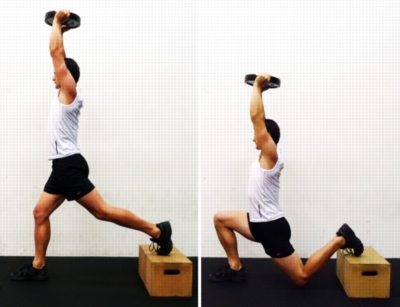

Members Only ContentBecome a PhysioAdvisor Member to gain full access to this exclusive content. For more details see Become a Member. Already a member? Login Now
 Physiotherapy Products for Exercises
Physiotherapy Products for Exercises
-
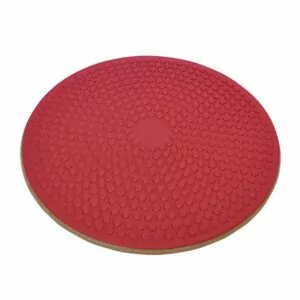 AllCare Wobble Board (Red – ACWOBRD)
AllCare Wobble Board (Red – ACWOBRD) -
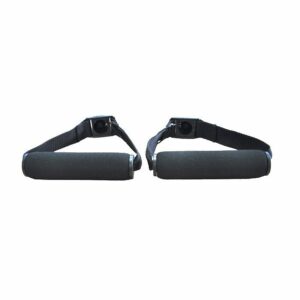 AllCare Adjustable Exercise Handles (Pair)
AllCare Adjustable Exercise Handles (Pair) -
 AllCare Band
AllCare Band -
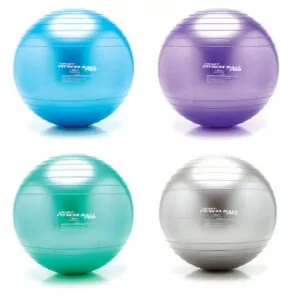 Fitness Ball Pro – Loumet
Fitness Ball Pro – Loumet -
 AllCare Tubing
AllCare Tubing -
 AllCare Spikey Massage Ball
AllCare Spikey Massage Ball -
 AllCare Foam Roller Round
AllCare Foam Roller Round -
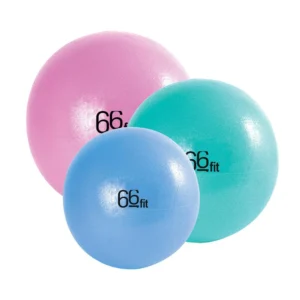 66 Fit Pilates Ball
66 Fit Pilates Ball -
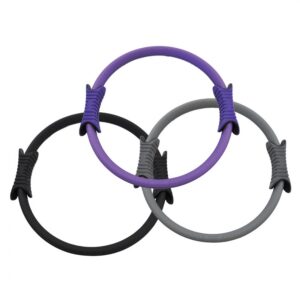 Allcare Pilates Ring
Allcare Pilates Ring -
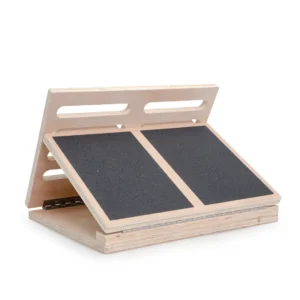 66Fit Wooden Adjustable Decline Board
66Fit Wooden Adjustable Decline Board -
 66 Fit Height Adjustable Aerobic Step
66 Fit Height Adjustable Aerobic Step -
 Comffit Pilates & Yoga Sticky Mat 6mm
Comffit Pilates & Yoga Sticky Mat 6mm -
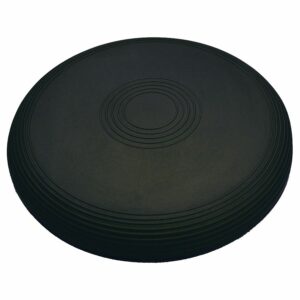 Lournet Stability Dura Disc
Lournet Stability Dura Disc -
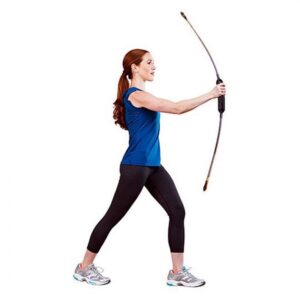 Body Blade
Body Blade -
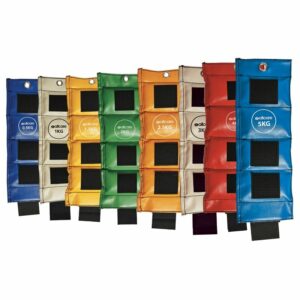 AllCare Vinyl Ankle Weight (Single)
AllCare Vinyl Ankle Weight (Single)
To purchase physiotherapy products to assist with free weight exercises or other exercises click on one of the above links or visit the PhysioAdvisor Shop.
 Recommended Reading
Recommended Reading
- Free Weights (Chest & Shoulders)
- Free Weights (Back & Biceps)
- Machine Weights (Lower Body)
- Machine Weights (Upper Body)
- Cable Exercises (Back and Bicep Workout)
- Cable Exercises (Chest and Shoulders Workout)
- Leg Strengthening Exercises
- Arm Strengthening Exercises
- Leg Stretches
- Arm Stretches
- Balance Exercises
- Core Exercises
- Cardiovascular Exercises
 Find a Physio to Assist with free Weight Exercises
Find a Physio to Assist with free Weight Exercises
Find a physiotherapist in your local area who can assist with free weight exercises and other gym exercises.
Become a PhysioAdvisor Member

Link to this Page
If you would like to link to this article on your website, simply copy the code below and add it to your page:
<a href="https://physioadvisor.com.au/exercises/gym/free-weights-lower-body”>Free Weights (Lower Body) – PhysioAdvisor.com</a><br/>PhysioAdvisor offers detailed physiotherapy information on lower body free weight gym exercises designed to strengthen the major muscles of the lower body.
Return to the top of Free Weights (Lower Body).

